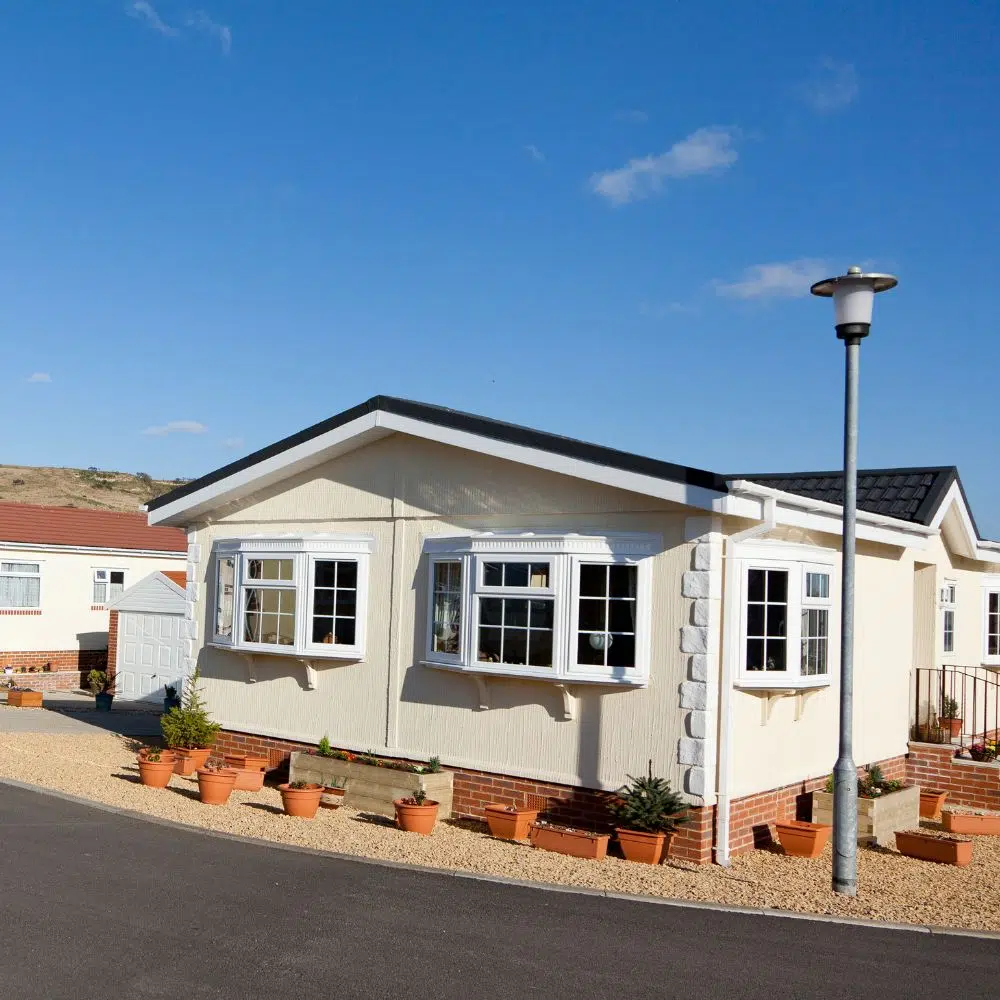
A park home, also known as a mobile home or a static caravan, is a prefabricated home that is built in factories and then transported to the site where it is to be occupied. They are commonly found in park home estates across the UK, particularly popular among retirees seeking a simpler, downsized lifestyle. Unlike traditional houses, park homes are not built on a permanent foundation. Instead, they are placed on a plot within a residential park and can be moved if necessary.
What is a park home mortgage?
A park home mortgage, therefore, is a type of loan specifically designed to finance the purchase of a park home. However, it is important to understand that the concept of a park home mortgage is fundamentally different from a traditional mortgage used to finance bricks and mortar homes.
Park home Mortgages: The Key Differences
The main difference between a traditional mortgage and a park home mortgage lies in the legal status of park homes. In the UK, park homes are considered chattels—personal possessions—and not real estate. This means they cannot be financed through a traditional mortgage, which is a loan secured against real estate.
Instead, park homes are often financed through specialist lenders who offer personal loans or hire purchase agreements. These types of loans do not use the park home as collateral in the same way a traditional mortgage does. Instead, the borrower’s ability to repay the loan, as well as their creditworthiness, are usually the main considerations for approval.
The terms and conditions of these loans can vary widely, and the interest rates may be higher than those of a standard mortgage. The repayment period is also usually shorter, often around 10 to 15 years, compared to the 25 to 30 years typical of a traditional mortgage.
Challenges of Park Home Financing
Obtaining finance for a park home can be more challenging than for a traditional home. This is due to the perceived higher risk associated with park homes, which depreciate in value over time unlike traditional houses that usually appreciate. The lack of a concrete foundation, the fact that they can be moved, and the potential for damage during transit are other factors that contribute to this perceived risk.
How to secure a park home mortgage
Despite these challenges, there are still ways to secure a loan to purchase a park home. Here are some steps prospective buyers can take:
Save for a sizeable deposit: The larger your deposit, the less you’ll need to borrow, and the more likely lenders will be willing to offer you a loan.
Maintain a good credit score: As your creditworthiness is a key factor in securing a loan, make sure your credit score is as high as it can be.
Consider a specialist lender: There are lenders who specialise in park home finance. They understand the unique challenges and benefits of park home living and may be more willing to offer a loan.
Shop around: Different lenders offer different interest rates and terms. Make sure to explore all your options to find the best deal.
In summary, a park home mortgage, while not a mortgage in the traditional sense, is a loan that helps prospective buyers finance the purchase of a park home. It’s a unique form of financing that requires careful consideration and planning. As with any financial decision, it’s important to do your research and consult with a mortgage advisor to ensure you’re making the best decision for your individual circumstances.
Related articles:
